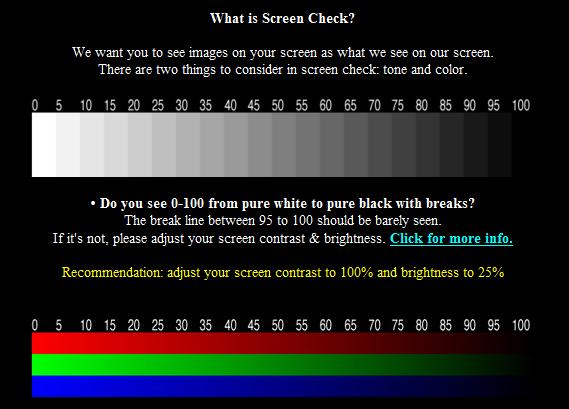

The fact that you have to go through some shrouded settings to disable automatic brightness control is a pain especially since there is no guide informing owners how to properly do it. Only then will the maximum brightness ceiling of the display remain at 600 nits regardless of your power source. Open the Intel software, click 'System' on the left column, click the 'Power' tab, enable 'Display Power Savings', and then disable 'Enhanced Power Saving' as shown by the screenshot below. In order to get the full 600 nits when running on battery power, you'll have to disable the above ambient light sensor in addition to more power-saving features within the pre-installed Intel Graphics Command Center software. Disabling the ambient light sensor via the Windows Display Settings menu will not prevent the dip in brightness which can be frustrating if you intend to use the laptop outdoors frequently. The catch is that the maximum brightness of the display will automatically drop from 600 nits to the claimed 500 nits when running on battery power. Our experience with two separate units equipped with the same FHD+ option, however, reveals that the display can be even brighter at about 600 nits by default. For this generation, users can choose between FHD+ or 4K UHD+ each with an advertised brightness of 500 nits. Dell just launched its latest clamshell series which is a complete redesign of last year's series.


 0 kommentar(er)
0 kommentar(er)
